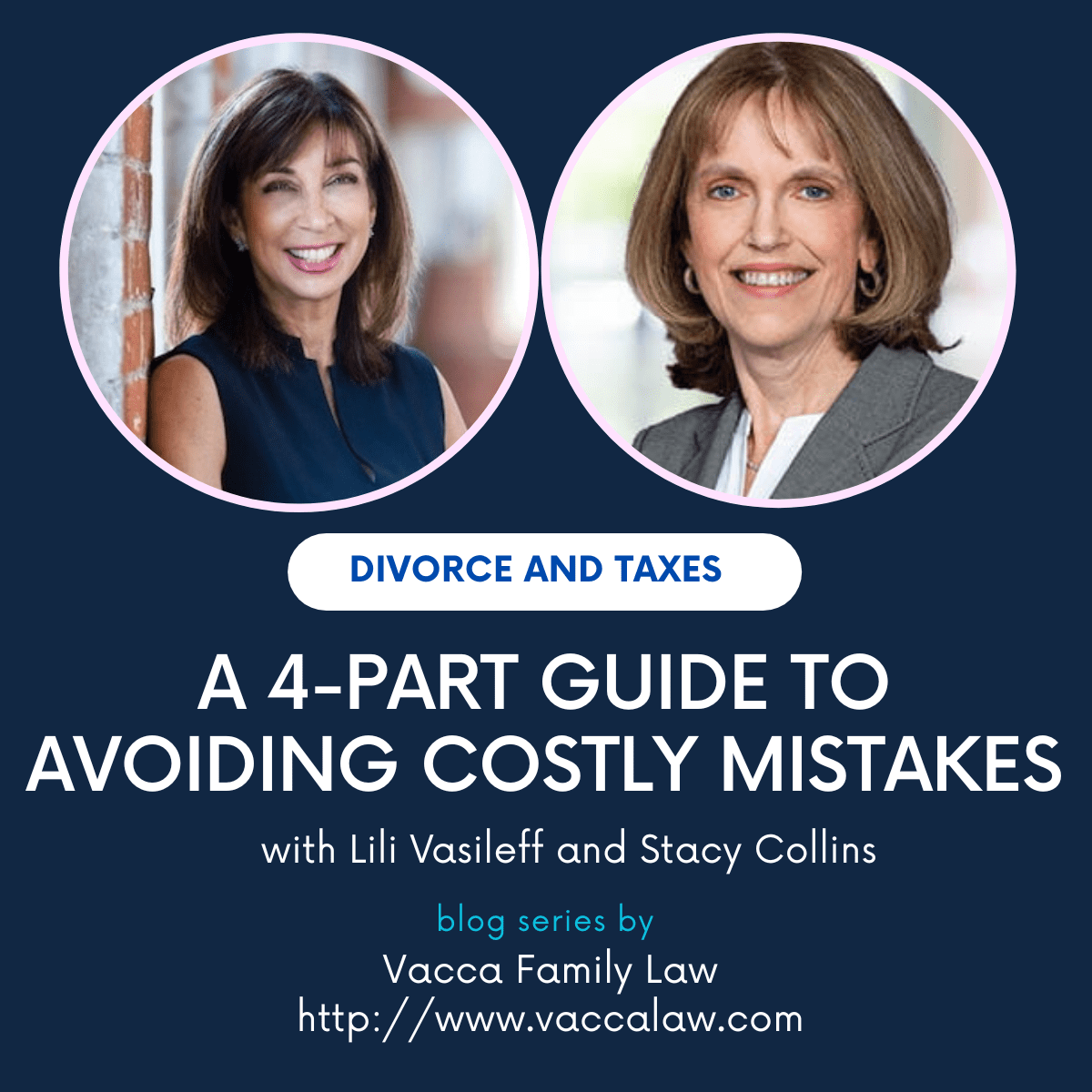Love aside, the impact of divorce in your 20s and 30s is quite a bit different than in your 40s and 50s
by Lili Vasileff / Worthy | considerable.com
Divorce by the decade seems like an odd way to call the shots to identify the risks for a marriage. For years, it seemed like the longer you were married or the longer you waited to get married, the better.
Most people believe that the relationship between age at marriage and divorce risk was almost linear: the older you were, the lower the chances of divorce. Curiously, not only are these basic assumptions mistaken, but also the premise that all divorces face mostly the same financial issues.
Granted there are three financial topics potentially relevant to every divorce: support, custody, and property division. The factors of each vary considerably by your age and should influence what’s most important to you.
To start with, scholars have long known that marriage at a young age usually fails and the stats back it up: divorce rates under age 25 have a 60% failure rate1.
Once you hit age 25, something interesting happens. The divorce rate plummets by nearly half. In fact, for the age group between 25 to 39, the Pew Research Center reports a decline in divorce rate by 21% since 19902. Getting married in your late 20s seems to be the sweet spot for tying the knot.
Starting around age 39, each additional year of age at marriage increases the odds of divorce – some say by as much as 5% per year. And, for age 50 plus, the trend for the boomer generation is to marry, divorce, then repeat the pattern sometimes into their 60s and 70s.
Contrary to the overall rate of divorce in the U.S. that has slightly declined since the 1970s, gray divorce has actually doubled in the last decade for first marriages of longer than 20 years. Gray divorce is the fastest rising divorce trend and is far higher today at 25% of the population than for previous generations (2.8%) at the same age.
Gray divorce is the fastest rising divorce trend and is far higher today at 25% of the population than for previous generations (2.8%) at the same age.
What matters at what age you divorce? For most, it is the goal of financial security. Financial security can conjure up images of the promise to marry with an engagement ring, a golden nest egg or a family inheritance.
In divorce, financial security is substantially threatened by the basic fact you now are dividing one household into two and allocating limited resources. Unless you meet certain milestones that are important from both legal and financial perspectives, financial security post-divorce can be elusive for a long time.
For example, the length of your marriage is a key milestone both for support and property decisions, as well as, for being eligible to apply for Social Security benefits on your ex-spouse’s record.
It becomes harder to deal financially with the aftermath of divorce as one gets older. Financial issues become more complex in later years by virtue of the fact that life becomes messier: income uncertainty, recouping lost wealth, rebuilding a career, balancing competing needs of aging parents with those of adult children, or saving for retirement while paying for your children’s college.
Yet, the climbing divorce rate for boomers has not stopped them from remarrying and cohabiting more than any other generation. I hope love has got something to do with it!
Sadly, even as many boomers opt not to be alone, divorce rates spike for first remarriages to 67% and for second to 73% – perhaps, this is because there’s less glue to hold an older couple together in terms of shared life’s experiences, or, there’s a new found freedom that lessens commitment to caregiving of an older spouse.
And there’s a price to pay – Life’s series of transitions impact financial security. In later years, women more than men express fear of financial poverty, health, and long-term care needs. Many feel ill-prepared for being financially responsible for themselves (having left big money decisions to their spouse) and have less experience with finances overall.
Financial stakes are higher for women who have taken time out of the workforce and have earned typically less over their lifetime than their spouse.
Thus, it often comes as a surprise to women as to how they can be practical about better-utilizing assets they have. All it takes is wanting to learn and knowing how to strategically maximize resources.
Managing your finances becomes easier if you follow certain financial commandments to achieve your financial independence later.
The sooner, more effectively you advocate a financial outcome for yourself, the brighter your future will be. Finding the right expert to help you is essential for assessing the primary things you need to take control of.
What are the key things to focus on in divorce by the decade?
Divorce in your 20s
Student loan debt; child care; developing a marketable skill/building a career; establishing a budget.
Tip: Know to clean up your online presence and be an adult.
Divorce in your 30s
Build an emergency cash fund; manage credit rating; start retirement savings; consider 529 plan accounts for children; buy term life insurance.
Tip: Know the importance of the 10-year mark for marriages and keep separate monies distinct from joint.
Divorce in your 40s
Save for college; reduce debt; max out your employer benefits; max out your own retirement savings plans; keep track of spending.
Tip: Know what your lifestyle costs you to maintain and spend less than you earn.
Divorce in your 50s and beyond
Assess & rebalance your investments; payoff consumer debts; re-evaluate life insurance and long-term care insurance; assess tax benefits for retirement accounts conversion (IRA to ROTH); update estate plans.
Tip: Know the cost basis of all assets for tax purposes and have a sense of your risk-reward tolerance for the kind of assets you want.
The bottom line is no matter what age you are when you divorce, you are accountable for your financial well-being. Look for ways to enhance and protect your wealth. Think savvy, negotiate for fundamental financial priorities, and transform your hidden gems.
To quote the feisty Ellen Barkin in her bitter divorce from Ronald Perelman in the 1990s at Christie’s auction house: “I sold off jewelry because the pieces were “not memories I want to wear every day.”
How illuminating it can be to rid yourself of unwanted ties to the past while gaining financial freedom to help you move on with your life.
This article originally appeared on the Worthy blog. Worthy is an online auction platform helping people sell unwanted jewelry in a smart, easy, secure way.



